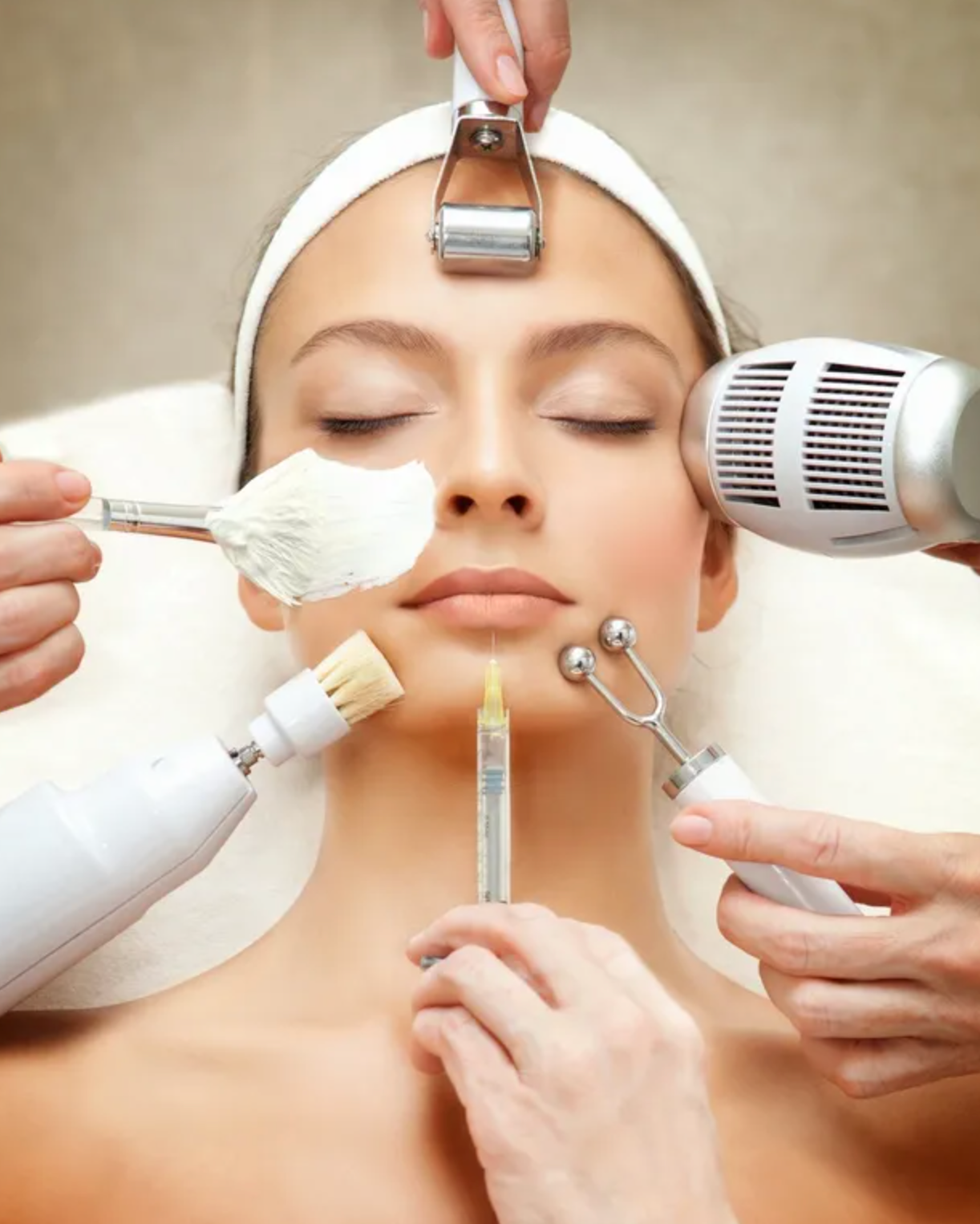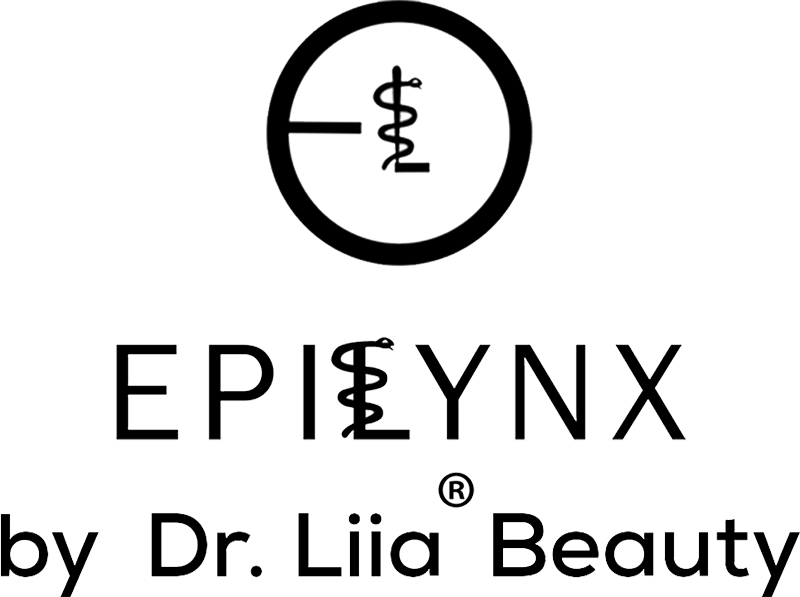
Does Clean Beauty Have to Be All-Natural?
Clean’ beauty has taken over the cosmetics industry, but that’s about all anyone agrees on....
Clean beauty has been around for a while, but the movement is rapidly growing. For a long time, products containing only natural ingredients were considered the all-stars of clean beauty. “Preservative-free” is another buzz word surrounding natural beauty.
But, the answer to this question is NO, clean beauty doesn’t have to be all-natural.
It’s the twenty-first century, and the science of beauty has evolved to include a plethora of safe synthetics, safe man-made ingredients, and even safe preservatives.
In fact, ALL cosmetics should contain some form of safe preservation to maintain the stability of the formulation.
As long as certain synthetic ingredients are non-toxic chemically and medically clean and proven to have no harmful effects, they can be incorporated into clean beauty products.
Many skin-care products and other cosmetics claiming to be natural, organic, green or some combination thereof have come and gone on store shelves and websites without leaving much of a mark. But it wasn’t until products started calling themselves “clean” that a critical mass of customers started poring over ingredient lists with the diligence of parents checking their children’s hair for lice.
The result has been a revolution that is reshaping the beauty industry. But why has the clean label — for which there is no regulatory definition — so captured the public’s devotion? Why are dermatologists so disdainful of the concept? And what does it mean?
The term popped up in the 1970s with CoverGirl’s “Clean Make-up” campaign, a reference to the fresh-faced, no-makeup look. Fast forward to the 2000s, and the word took on new meaning with the launch of skin-care lines such as the British brand Ren — the Swedish word for clean. Ren was inspired by the wife of the co-founder, who suffered skin irritation from conventional products while pregnant and disliked the all-natural alternatives because of their undesirable texture and lackluster performance. The line was created to be “clean of harmful ingredients,” said Arnaud Meysselle, Ren’s chief executive. The clean movement has been evolving since then and “accelerated within the past three or four years,” Meysselle said.
Today, there’s consensus in the industry that clean refers to products that favor natural ingredients yet often incorporate synthetics that have been deemed safe for people and the planet. In other words, clean does not necessarily mean chemical-free, which is what sets it apart from brands that claim to be “natural.”
Natural can be clean, but clean is not always natural; it’s just free of certain hot-button, man-made ingredients — such as parabens and formaldehyde-releasing agents. In Ren’s case, 95 percent of its ingredients are naturally derived, and the rest are safe synthetics, Meysselle said. But brands and retailers don’t always agree about which ingredients are problematic.
All of this is made more complicated by the fact that not only does the Food and Drug Administration not have a definition for “clean” or other cosmetics terms, it is also not required to test or pre approve cosmetics and their ingredients, with the exception of color additives.
First came small indie brands — think Tatcha, Drunk Elephant and Indie Lee — that developed a loyal following but individually could not make a dent in the overall cosmetics market....
But once the number of brands reached a tipping point, clean-only beauty retailers such as Follain, Credo and the Detox Market emerged to showcase them.
Beautycounter broke into the market with its own line, sold primarily by independent consultants. Each retailer pledged not to sell any products that include ingredients on their no-no lists.
But it still lacks a regulatory definition. Legislation winding its way through Congress would beef up the FDA’s oversight of the $60 billion cosmetics industry for the first time in more than 80 years and require the agency to evaluate at least five ingredients of concern each year, which might clear up some confusion about safety claims.
For now, it’s difficult for consumers to evaluate what they’re getting. Credo’s “dirty list” (with 2,700 ingredients) does not neatly overlap with the lists maintained by Beautycounter, Follain and others. Some products with the “Clean at Sephora” icon get mediocre ratings on EWG’s Skin Deep database or the Think Dirty app, both of which churn out hazard scores for cosmetics. And some brands, such as Tatcha and Drunk Elephant, have the Sephora’s clean seal but contain ingredients that are restricted on Credo’s and Follain’s lists.
Yep, it is bit messy and unregulated.
When assessing the safety of a chemical, it’s important to consider the concentration and where they are coming from. Although some chemicals can be dangerous in very high concentrations, the low doses found in cosmetics do no harm. Furthermore, there’s no scientific evidence to support claims that the cumulative effect of exposure to many chemicals daily can be toxic.
In an editorial for JAMA Dermatology, Courtney Blair Rubin and Bruce Brod of the University of Pennsylvania wrote that “clean beauty evangelists” seem to be haphazardly denouncing ingredients to lure shoppers. Their embrace of botanicals and their intolerance of parabens and other preservatives has been associated “with a new epidemic of contact dermatitis,” an itchy and potentially debilitating skin rash that can lead to massive medical bills, time away from work and a diminished quality of life, they wrote.
According to Brod, the industry began shunning all parabens after the E.U. banned five of them, none of which were commonly used in cosmetics. The remainder were deemed safe by U.S. and E.U. regulators. But because of consumer backlash, he said, the industry turned to alternatives, such as methylisothiazolinone, a synthetic the brands consider safer, even though it has led to severe allergic reactions.


